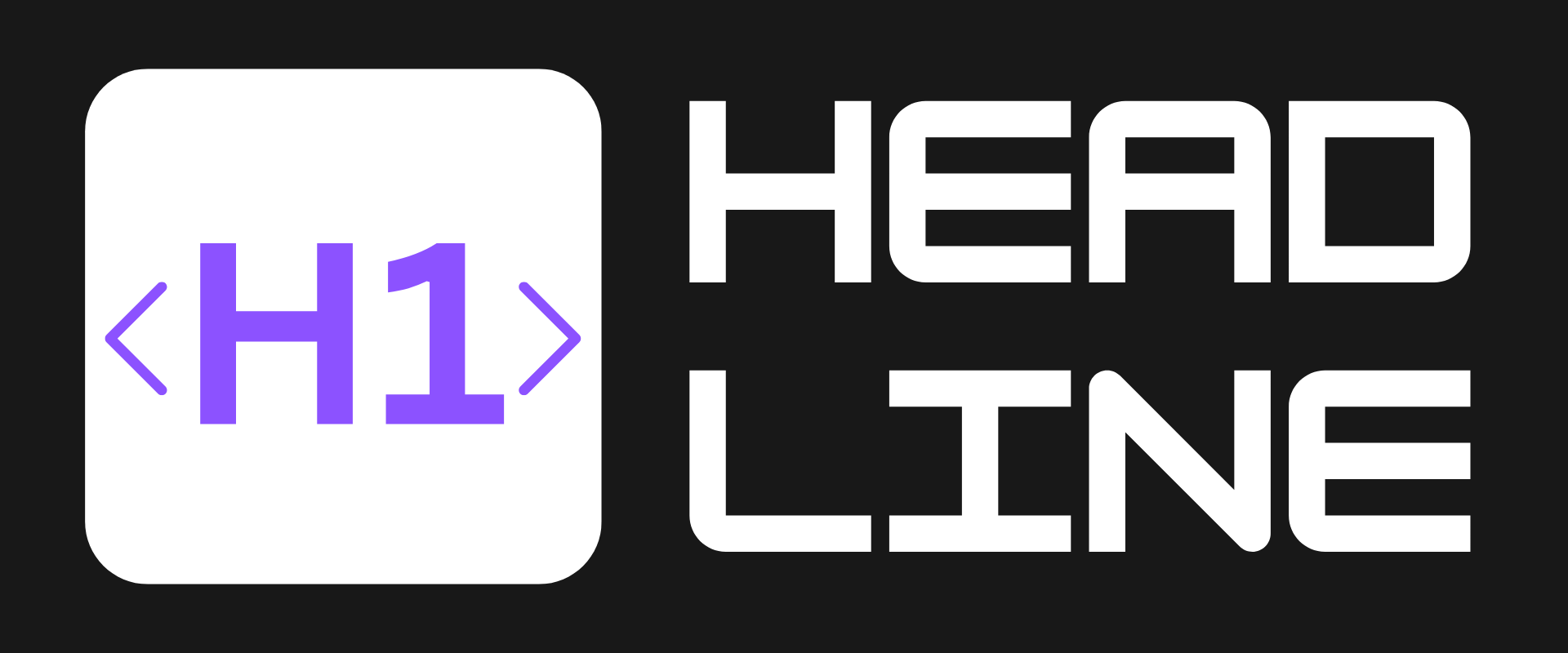Can We Trust Anyone Online Anymore? The Deepfake Threat Reshaping Cybersecurity

Your next video call could be infiltrated by an impostor—and you might never know. Generative AI has supercharged cybercrime, enabling attackers to clone voices, faces, and identities with chilling accuracy. As deepfake-driven social engineering skyrockets, traditional security measures are failing. Let’s explore why this crisis is escalating and how we can fight back. Let’s dive in.
🌐 The Deepfake Epidemic: By the Numbers
Recent attacks reveal a terrifying new reality:
- 442% Surge in Voice Phishing: CrowdStrike’s 2025 report shows vishing attacks exploded in late 2024, fueled by AI-generated impersonations.
- Social Engineering Dominance: Verizon found 68% of breaches involved phishing or pretexting—now turbocharged by AI.
- State-Sponsored Deepfakes: North Korean operatives used synthetic identities in fake job interviews to infiltrate target organizations.
Why traditional defenses crumble: Deepfakes exploit three critical gaps:
- AI tools make impersonation cheap and scalable (just 3 minutes of audio can clone a CEO’s voice).
- Collaboration platforms like Zoom inherently trust screen-based identities.
- Current “solutions” rely on detecting fakes after attackers are already in the room.
✅ The Prevention Revolution: Cryptographic Trust Over Guesswork
Instead of playing whack-a-mole with detection algorithms, Beyond Identity’s RealityCheck flips the script. This Zero Trust solution blocks deepfakes before they join sensitive calls by:
- ✅ Cryptographic Identity Proof: Users must verify identities via unforgeable credentials—no more stolen codes or guessed passwords.
- ✅ Real-Time Device Health Checks: Blocks compromised devices (jailbroken phones, infected laptops) from joining meetings.
- ✅ Visual Trust Badges: Every participant sees a verified identity seal during calls—like a digital passport for your face.
Currently integrated with Zoom and Microsoft Teams, RealityCheck is being adopted by Fortune 500 boards and financial institutions for high-stakes meetings. Unlike detection tools that react, it eliminates the attack vector entirely.
⚠️ The Roadblocks: Why Adoption Isn’t Easy
Despite its promise, three hurdles remain:
- 🚧 The Deepfake Arms Race: As AI improves, even cryptographic systems face pressure from quantum computing threats (projected by 2030).
- 🚧 User Friction: Employees may resist extra verification steps despite security benefits.
- 🚧 Cost vs. ROI: Small businesses balk at enterprise-grade pricing—though breaches cost 20x more on average.
🚀 Final Thoughts: Is Cryptographic Trust the Future?
RealityCheck’s approach could redefine cybersecurity, but success depends on:
- 📈 Industry-Wide Adoption: Isolated use cases won’t stop cross-platform attacks.
- 🤖 AI-Powered Adaptability: Systems must evolve faster than deepfake tech.
- 💡 User Education: Convincing teams that “trust no one” is safer than familiar convenience.
As one CISO told me: “We’re not just fighting hackers anymore—we’re fighting reality itself.” What’s your take? Can cryptographic verification outpace deepfakes, or is this just a temporary fix?
Let us know on X (Former Twitter)
Sources: The Hacker News. Deepfake Defense in the Age of AI, May 13, 2025. https://thehackernews.com/2025/05/deepfake-defense-in-age-of-ai.html










